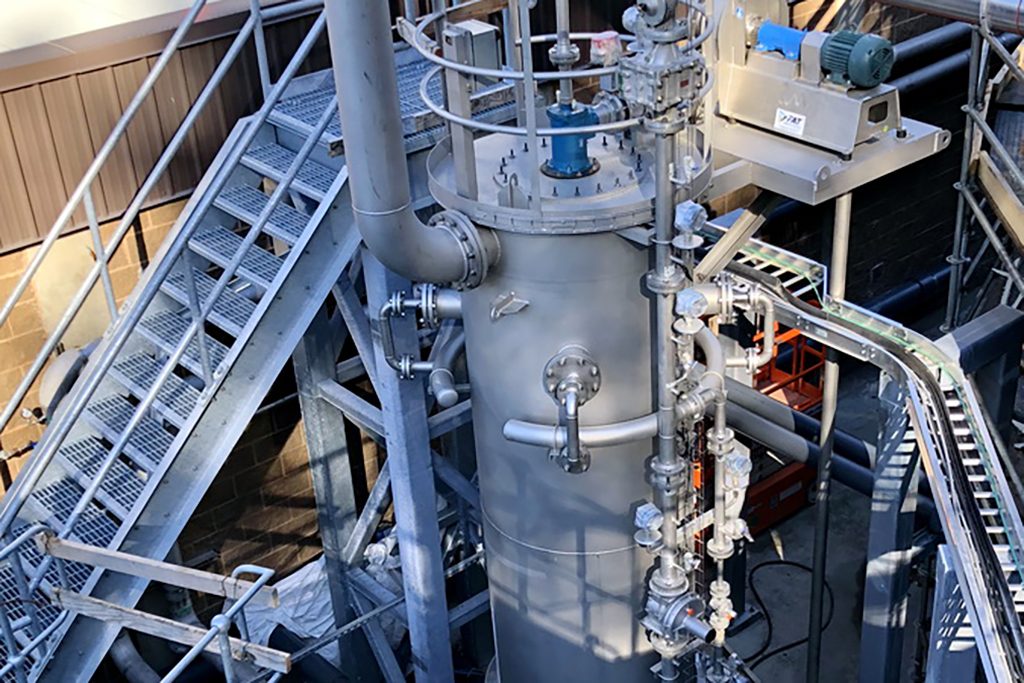CHILLIWACK, B.C. – When Molson Coors decided to relocate its brewing facility to Chilliwack, B.C., 100 kilometres east of its old facility in Vancouver, it posed a problem. While a brewery produces beer, it also produces waste.
“A brewery has high strength waste, 100-times as strong as regular municipal waste, and that can overwhelm a municipal sewage plant,” said David Blain, director of planning and engineering for Chilliwack.
“We sat down with them and talked about how we would make this work and it was decided that we had the opportunity to have a dedicated pipe from the brewery to our plant and we would operate a pretreatment facility. They make the beer, we have expertise in this,”
City of Chilliwack and Molson reached an agreement to build a high-strength wastewater pretreatment facility for brewery wastewater at the city’s existing Municipal Wastewater Treatment Facility. The new $19.2 million pretreatment facility will treat around 2,210 cubic metres of brewery wastewater a day before delivering the pretreated wastewater to the city’s regular wastewater treatment facility. City officials hired Associated Engineering to provide project management, design, and construction services for the pretreatment facility and the Kerr Street Pump Station and Forcemain. PCL Contractors Westcoast was hired to be the project’s construction manager.
Blain explained that pretreatment includes screening, pH control, nutrient supplement, anaerobic treatment, process heating, and aerated sulphide oxidation.
One of the main benefits of anaerobic treatment is the opportunity to recover biogas which can be used to fuel a direct-heat combustion unit that provides trim heat for the pre-treatment process.
“It uses an anaerobic process instead of aerobic,” said Blain. “It breaks it down much better.”
Associated Engineering elaborated further on the design.
“We used a direct-heat combustion unit to heat the wastewater using a burner fed with biogas, natural gas, or a blend,” said project engineer, Michal Simhon, in a media release. “This system eliminates the need for a biogas scrubber, boiler, boiler heat exchanger, and hot water heating circuit. It also offers capital and operation and maintenance cost savings, is easier to use, and has a smaller physical footprint.”
The commissioning of the new plant is expected to take place this summer. The plant will serve Molson Coors’ $200-million dollar, 400,000-square-foot brewery. The brewery is expected to have a 100 fermentation tanks – each with the capacity to hold enough liquid to fill 675,000 cans of beer. In anticipation of the brewery’s completion, the wastewater has already been commissioned with clean water and is operating on a winterization loop to exercise the equipment. With the successful commissioning of the Molson Coors Brewery, the facility can be commissioned with wastewater.
“This has no impact on the average public and they don’t have to operate a sewage plant so it’s kind of a win-win,” said Blain.











Recent Comments
comments for this post are closed